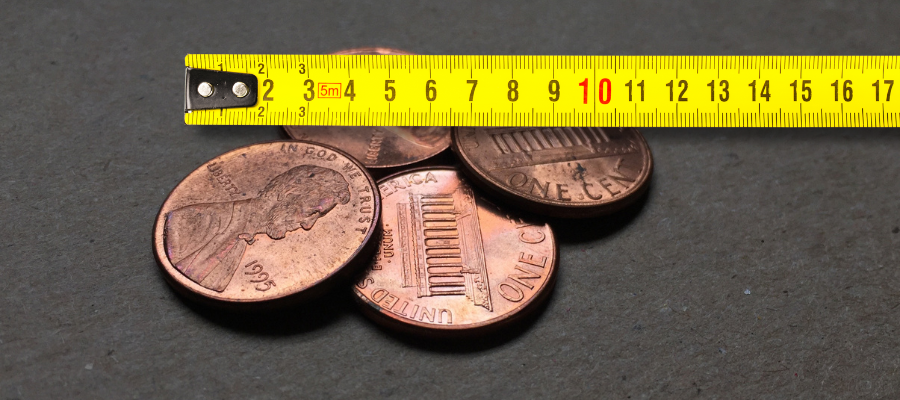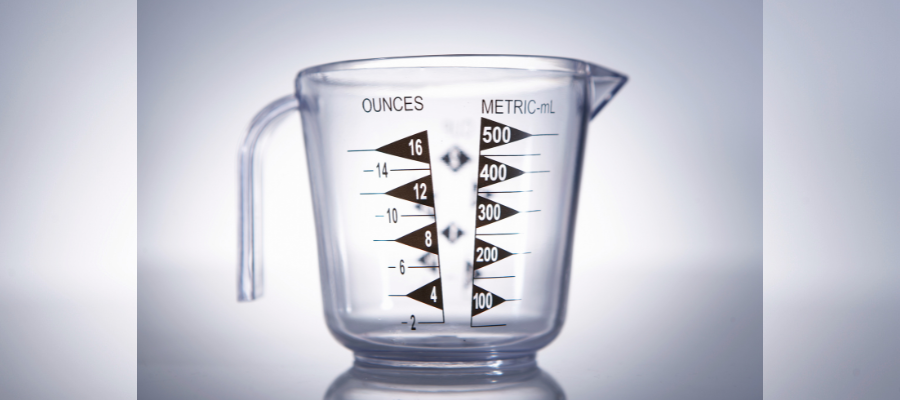A single measure of the health of your supporter relationships
Roger Lawson, director of About Loyalty, returns with his third piece exploring the intricate subject of donor loyalty.
- Written by
- Roger Lawson
- Added
- August 05, 2021

‘The moment that you begin to measure something, you change it – and it changes you!’
I wrote that several years ago at the start of a paper that I authored for the Commission on the Donor Experience (CDE), looking at Measuring satisfaction and loyalty: how do your donors feel?
It’s just as true today. What you measure will change what you think is important; it will change the way you allocate your resources; and it will change how you evaluate your achievements and feel about yourself.
The paper I mentioned above went on: ‘We believe that an obsession with short-term financial KPIs (key performance indicators) is the single biggest reason that donors are dissatisfied with the way charities fundraise. It forces us to follow ever more aggressive strategies in order to achieve the target of income or new donors.’
If your key target is income received by 31st March for example, then you’ll throw ever more appeals in towards the end of a poorly performing financial year to try to reach this artificial, self-imposed, internal target. If it’s to reach a target number of new donors then you’ll chase quantity over quality. And if your key legacy metric is number of pledges then you’ll create propensity models and choose channels that target this rather than growing long-term commitment and intention amongst those audiences that love you most.
I could go on, but you get the picture. Having the wrong targets and measuring the wrong things leads us to make bad strategic decisions, target the wrong audiences, and create the wrong communications. And when I wrote the above, the focus on the short-term financial targets was leading us to push these ‘aggressive strategies’ that had, at the time, led to decreasing donor satisfaction and trust in the sector and massive media scrutiny.
So, what should we be measuring? Of course, we need to know how much income we have raised this year. And how many new donors we’ve recruited. And how many people have taken part in an event. And so much more.
But we also need to recognise and measure the impact that these communications have on how our supporters feel.
If we are serious about improving the supporter experience and improving their loyalty, then we must have a measure for loyalty.

Which is unarguable in theory, but difficult in practice. As I’ve shown before, loyalty is emotional. It’s the passion that supporters feel towards you and your cause. It’s how people feel and measuring a feeling can’t be done by simply counting interactions on a database.
There is only one way to truly understand your supporters’ loyalty, and that’s to ask them.
But that doesn’t simply mean asking them how loyal they feel – there is no way to answer this. If I ask you to quantify how loyal you feel towards your favourite charity, your bank, your sports team or your partner, it’s an impossible question. You don’t know if you have the same definition of loyalty that I do, and you have no reference point against which to make this judgement.
Instead, we need to understand what causes one supporter to feel more loyalty than another and ask about these factors. And because we know that the core drivers of loyalty, which are consistent across all charity supporters, are their commitment, satisfaction and trust, we can do this.
At About Loyalty we work with our clients to measure all of the above.
We can measure their supporters’ commitment because we can ask how passionately they feel about what the charity does and how important they feel this is. We can measure supporters’ satisfaction because we know what creates (and destroys) donor satisfaction. And we can measure their trust because we know that this is created when the supporter believes you will use their contributions to achieve what you promise you will.
And because these are all quantifiable, we can use what they tell us to create an overall measure of loyalty. A single measure of the health of your supporter relationships.
And by measuring loyalty in the same way across our different charity members’ supporters, we can compare their loyalty against each other and learn from each other.
When I wrote the paper for the Commission on the Donor Experience (CDE), I did it because I believed that creating the right measures was the single most important thing a charity could do if it was serious about growing supporter loyalty and long-term value. I still believe this.
Whichever aspect of fundraising you’re involved in, if you genuinely want to give your supporters an exceptional experience, one that leaves them feeling inspired and valued, then you need to measure the impact of your communications. You need to measure how you make them feel. You need to measure their loyalty.
After all, do you want to be part of an organisation that chases cash towards the end of your financial year to hit an arbitrary goal? Or would you rather focus on growing supporter loyalty and providing amazing supporter experiences in the knowledge that this will maximise long-term income?
*This is the third instalment of Roger’s series on donor loyalty. Feel free to catch up on the first and second articles in this series and learn more about how to nurture your supporter relationships.

















